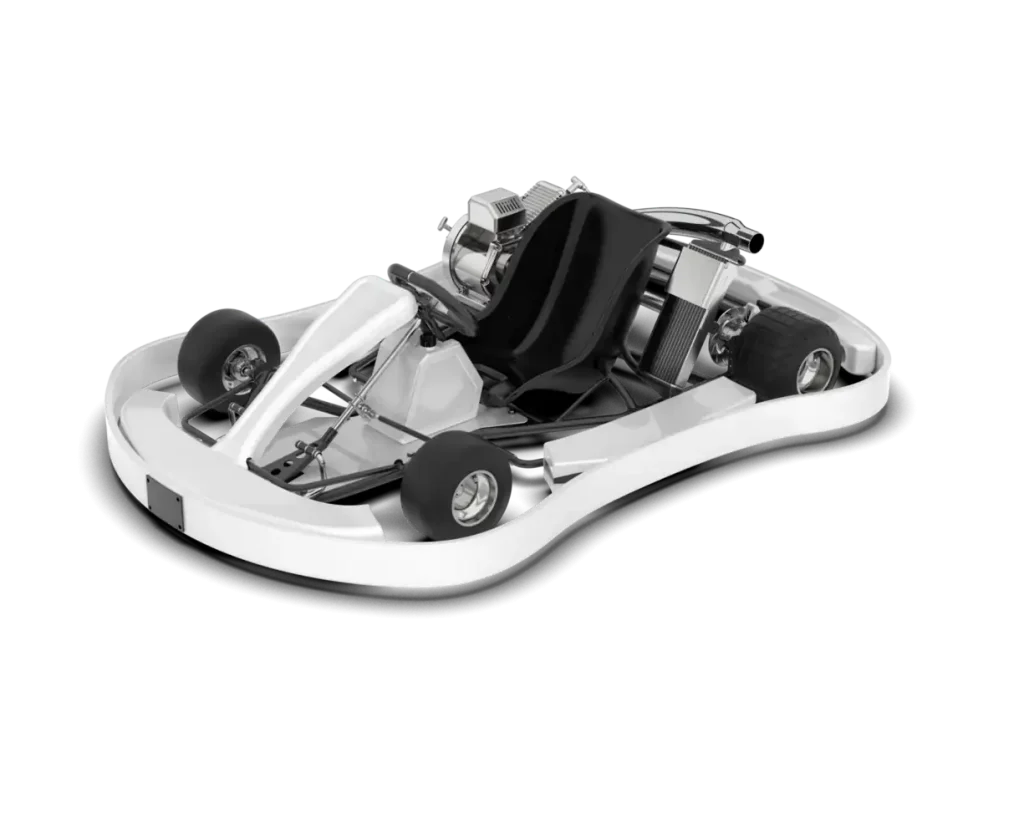Mastering Kart Fitness Training: Elevate Your Racing Performance
Are you ready to drive faster, last longer on track, and outmaneuver your competition with ease? Kart fitness training is the secret weapon that every serious racer needs in their toolkit. By combining targeted strength work, endurance drills, and mental conditioning, kart fitness training transforms drivers into lean, agile machines ready to tackle any circuit. Whether you’re a weekend warrior in a local karting league or an aspiring pro eyeing the podium, a disciplined fitness routine tailored to karting demands will revolutionize your performance. In this comprehensive guide, we’ll delve into the science, strategies, and real-world tips that make kart fitness training invaluable for any racer chasing speed, consistency, and lasting success.
Understanding Kart Fitness Training
What Is Kart Fitness Training?
Kart fitness training is a specialized workout regimen designed to meet the physical and mental demands of competitive karting. Unlike general gym routines, it targets specific muscle groups, cardiovascular systems, and reflex patterns that directly translate to better on-track performance. From high-heart-rate intervals to grip-strength development, kart fitness training ensures drivers remain strong, focused, and fatigue-resistant throughout every corner and straightaway.
Why Driver Conditioning Matters in Karting
Effective kart fitness goes beyond lifting weights or running laps. In a sport where every millisecond counts, even slight improvements in muscle endurance, reaction time, or core stability can yield substantial lap-time gains. Well-conditioned drivers can maintain perfect racing lines, resist g-forces in high-speed turns, and react swiftly to on-track surprises—skills that distinguish champions from the pack. Plus, good fitness helps prevent injuries and accelerates recovery, keeping you in top shape for the next race weekend.
Key Benefits of Kart Fitness Training
- Enhanced Cardiovascular Endurance: Sustain high pace laps without fatigue.
- Increased Muscular Strength: Better grip control for steering and pedal pressure.
- Improved Core Stability: Maintain posture through fast corners and bumps.
- Faster Reaction Times: Sharpen reflexes to fend off overtakes and make decisive moves.
- Heightened Mental Focus: Train concentration for strategic racecraft under stress.
- Injury Prevention: Strengthen muscles and joints to avoid strains and sprains.
Essential Components of a Kart Fitness Program
1. Cardiovascular Endurance
High-intensity interval training (HIIT) and steady-state cardio sessions both play critical roles. Incorporate sprints on a bike or treadmill to simulate the bursts of effort required during overtakes, and pair that with longer, moderate runs to build a strong aerobic foundation. Aim for two to three cardio workouts per week to boost lung capacity and lower lap-time consistency.
2. Strength Training
Target upper body and grip strength with exercises like pull-ups, farmer’s walks, and resistance-band rows. Strong forearms and shoulders reduce fatigue from prolonged steering. Don’t neglect lower-body power; squats and lunges fortify your core and legs, ensuring stable pedal control and better car-to-driver feedback on acceleration and braking zones.
3. Core Stability and Flexibility
Planks, Russian twists, and stability-ball workouts fortify the midsection, helping maintain posture through side loads. Daily stretching routines or yoga sessions improve flexibility, which is essential for quick body adjustments in high-speed turns. A flexible driver can withstand sudden jolts better and avoid lower back pain.
4. Mental Conditioning and Focus
Kart fitness training isn’t just physical. Practice visualization techniques and breathing exercises to handle high-pressure scenarios. Incorporate meditation or mindfulness drills to stay calm under duress, enabling you to make clear, calculated decisions even after lap 20 when fatigue sets in.
Designing Your Own Kart Fitness Training Plan
Assess Your Current Fitness Level
Start with a baseline test: record a timed lap on the track, measure your heart rate during a 5-minute sprint, and test your max reps of pull-ups or planks. Understanding your starting point helps you tailor workouts to address weaknesses and set realistic improvement milestones.
Setting SMART Goals
Define goals that are Specific, Measurable, Attainable, Relevant, and Time-bound. For example, aim to reduce your lap time by 1.5 seconds within eight weeks or complete 30 consecutive push-ups by month’s end. SMART goals keep you accountable and motivated throughout your kart conditioning journey.
Sample Weekly Workout Schedule
- Monday: HIIT bike sprints (20 minutes) + core circuit (15 minutes)
- Tuesday: Upper-body strength (pull-ups, rows, farmer’s walks) + stretching
- Wednesday: Steady-state run (40 minutes) + mental visualization (10 minutes)
- Thursday: Lower-body strength (squats, lunges) + flexibility/yoga session
- Friday: Active recovery (light swim or cycling) + breathing exercises
- Saturday: On-track practice or karting simulator + core stability drills
- Sunday: Rest or gentle stretch
Real-World Examples and Case Studies
Junior Kart Racer Success Story
Fifteen-year-old Maya Watson incorporated a kart fitness training regimen ahead of her national championship season. By adding two weekly core sessions and a dedicated visualization practice, she shaved 0.8 seconds off her fastest lap and claimed a podium finish. Her coach credits the structured fitness plan for her newfound consistency and confidence.
Amateur-to-Pro Transition
Robert “Rob” Klein, an amateur kart racer, struggled with mid-race fatigue. After six months of targeted endurance and strength training, he advanced to the pro class. His endurance levels soared, allowing him to concentrate fully for entire race distances and outlast competitors who faded in the final heat.
Overcoming Common Challenges
- Time Management: Break workouts into shorter HIIT sessions when the schedule is tight.
- Motivation Slumps: Train with a partner or join an online karting fitness community.
- Limited Equipment: Use bodyweight exercises and household items (water jugs as weights).
- Consistency Hurdles: Schedule your training like a race calendar—nonnegotiable and preplanned.
Gear and Tools for Effective Kart Fitness Training
- Heart Rate Monitor: Track intensity and ensure you’re hitting target zones.
- Resistance Bands: Portable for strength and flexibility workouts.
- Foam Roller: Speed up recovery and prevent muscle tightness.
- Fitness Tracker: Log workouts, sleep, and nutrition for data-driven adjustments.
- Quality Running Shoes: Protect joints during cardio sessions.
For more on choosing the right fitness tracker, check out this guide from Runner’s World.
Tips for Maximizing On-Track Performance
- Practice heat acclimation: Train in warm environments to simulate summer track conditions.
- Nutrition and Hydration: Fuel with balanced carbs, proteins, and electrolytes before and during race days.
- Sleep Hygiene: Aim for at least 7–8 hours nightly to support muscle repair.
- Cooldown Routine: Incorporate gentle stretching post-session to reduce muscle soreness.
Staying Safe and Injury-Free
Always warm up thoroughly before high-intensity kart fitness training. Dynamic stretches and light cardio prepare muscles for work and reduce injury risk. Listen to your body—if you experience persistent pain, scale back intensity or consult a sports medicine professional. Safety is key to a long-lasting career behind the wheel.
Ready to Take the Checkered Flag?
You now have the blueprint for a winning kart fitness training program that will push your lap times down and sharpen your competitive edge. Start integrating these workouts and strategies today, and watch as your endurance, strength, and mental focus skyrocket. Join our newsletter for exclusive training tips, pro driver interviews, and tailored workout plans designed just for kart racers. The next podium finish is within reach—let’s go for gold!

